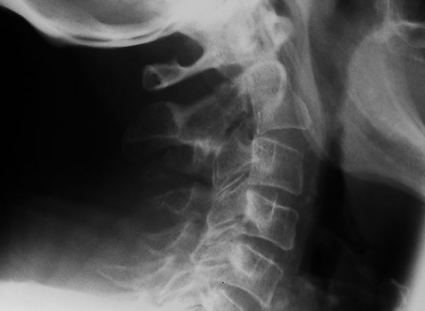As you may already guess, miracles happen quite rarely on Earth. And what is a miracle for your child is a couple of weeks of preparation for you. So it is with health and in particular, and with posture and back in general. You can take a massage course and feel rejuvenated for a while. But if you don't change your habits, soon everything will return to normal.

That is why I would like to quote excerpts from Jamie Nischan's article on how to try to fix this. Consider the typical situations you find yourself in:
- Your car. Take a closer look, are you slouching, are you not leaning towards one side, maybe one hand is constantly higher than the other? Goal: try to maintain your posture all the time while you are in the car — hands for 10 and 2 hours, as the instructor taught.
- Desktop. You already know that the pose at the table is very important. In order to break bad habits and instill new ones in yourself, get up more often and try to notice your favorite incorrect poses. Do not stretch or bend straight from a sitting position. Try to organize everything around you so that your spine is grateful to you.
- Your bed. In fact, the role of posture in sleep is often underestimated. We spend a lot of time in bed and it can't help but be important. If your pillow is too high, you can cause damage to your neck by straining it excessively in your sleep. Don't you bend the blanket under you so that your feet feel cozy in the nest? This depresses your ankle, which is deprived of mobility, which cannot but affect any movements related to the legs, including driving a car, running or even sitting. Do you sleep on the same side with one leg bent? This can lead to overexertion of one of the sides of your spine-supporting muscles, and the result may be back pain. Aren't you scared yet? But it has not yet been noted that sleeping on your stomach can lead to a curvature (change in the normal bend) of the spine.
So how do we sleep anyway? On the side with bent knees, between which you need to place a small pillow. The other pillow should support your head. Or, if you prefer — on your back, with a pillow under your knees, without bending the blankets and with one pillow under your head.
But the main thing here is to constantly monitor your posture, wherever you are.
Pain and Posture: The Basics [Jamie Nischan]
